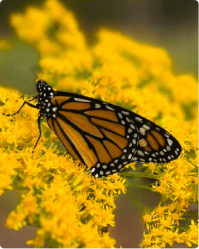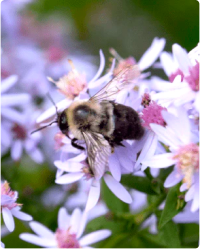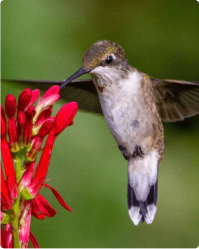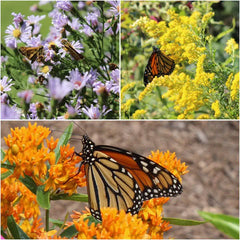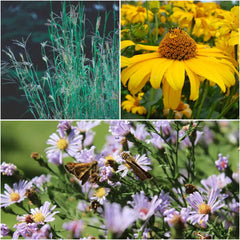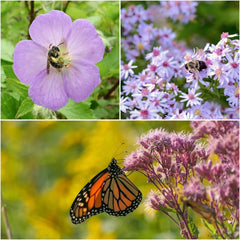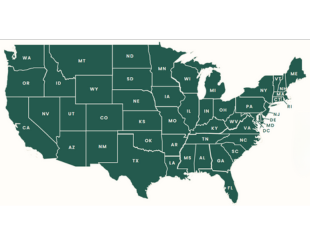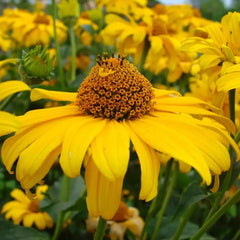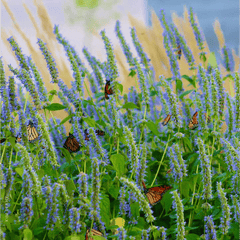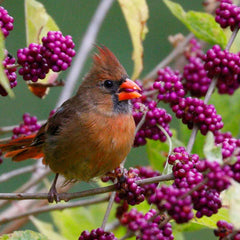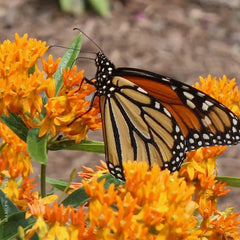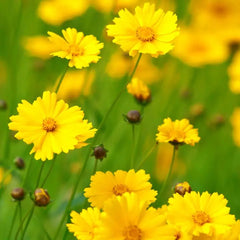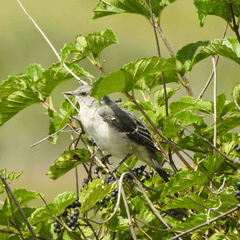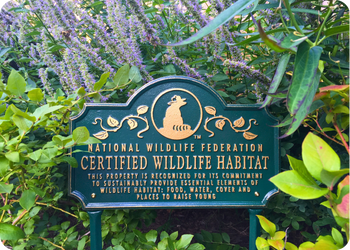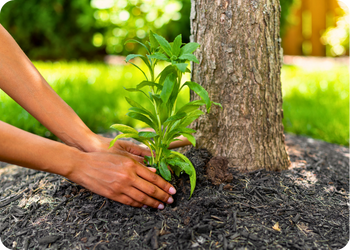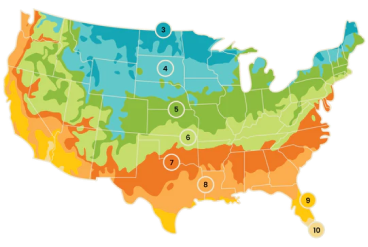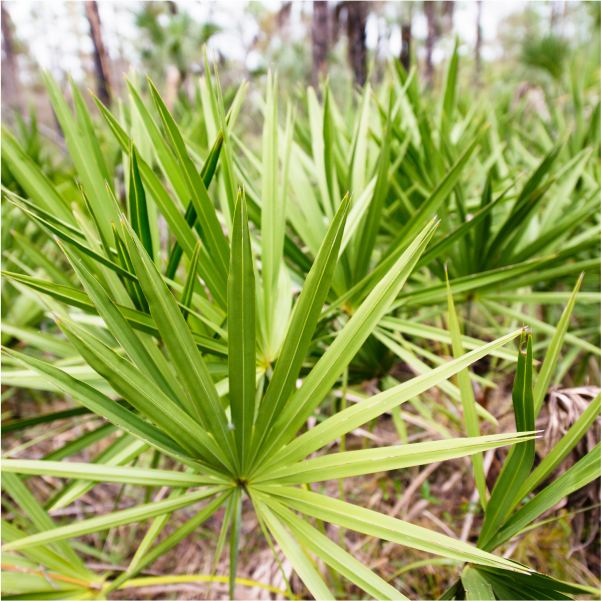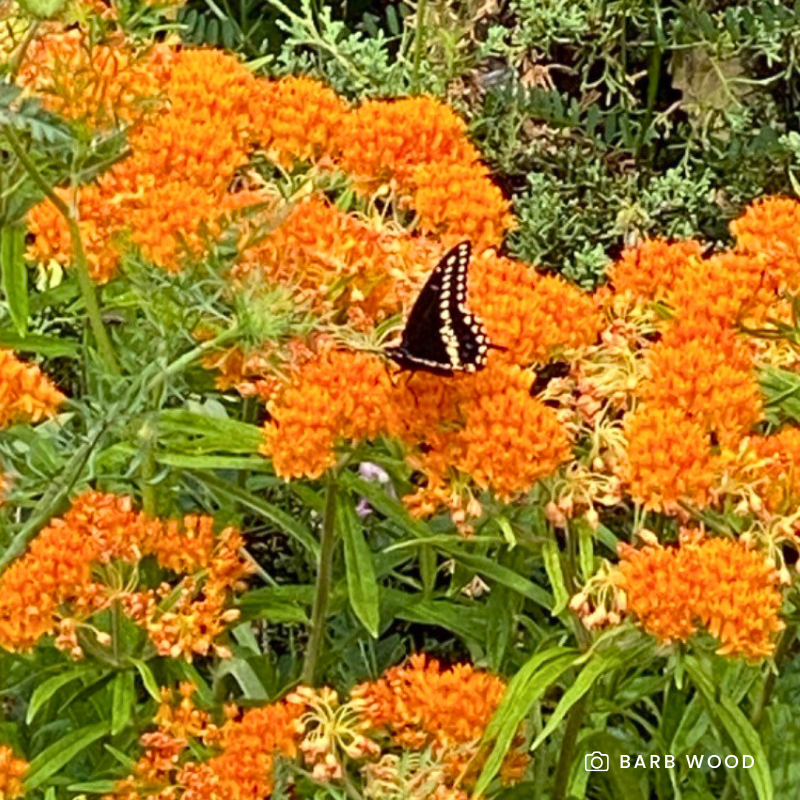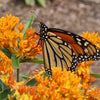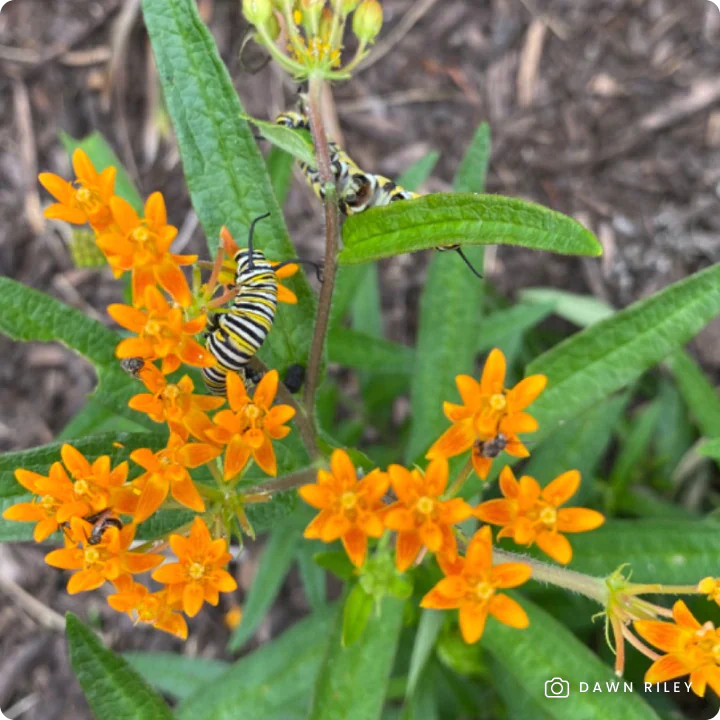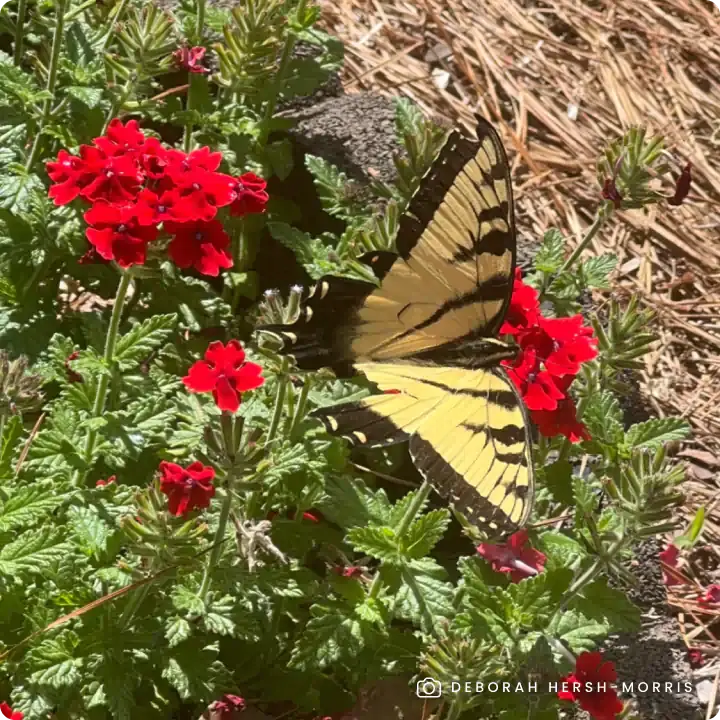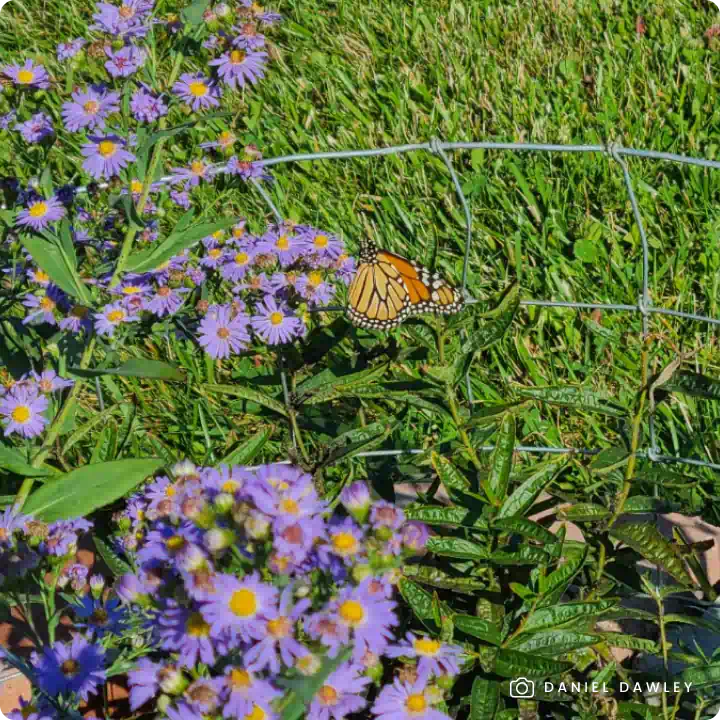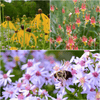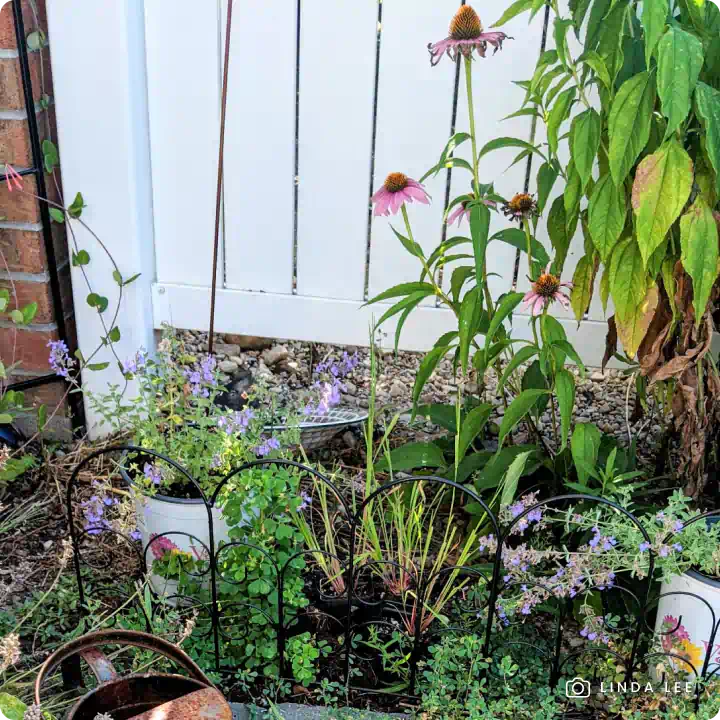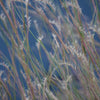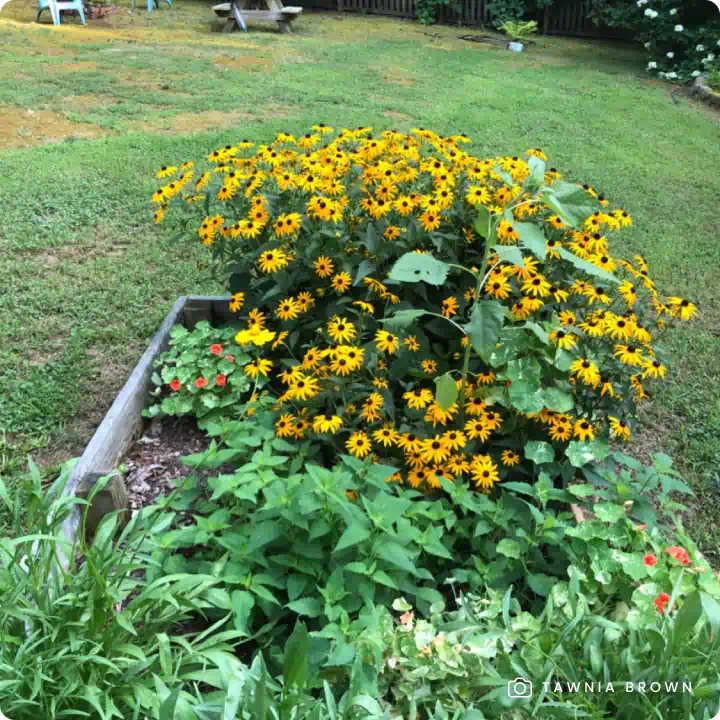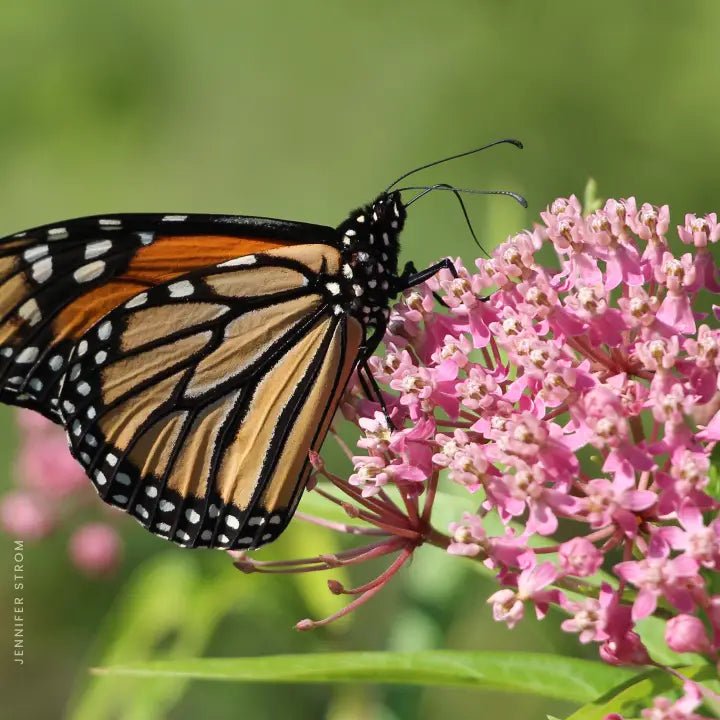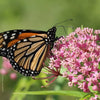Saw Palmetto (Serenoa repens) is a versatile and iconic native shrub that plays a critical role in Florida's ecosystems. With its fan-shaped foliage in shades of green to silver and clusters of showy flowers, this hardy plant is both a stunning garden addition and an essential resource for wildlife. Its berries provide nourishment for birds and mammals, while its foliage serves as a host plant for the palmetto skipper and monk skipper butterflies. Tolerant of salt spray, occasional flooding, and a wide range of growing conditions, Saw Palmetto is a resilient choice for coastal and inland gardens alike.
Key Features:
- Wildlife Support: Produces fruit eaten by birds and mammals and serves as a host plant for the Palmetto Skipper and Monk Skipper butterflies.
- Seasonal Blooms: Showy, fragrant flowers attract pollinators, including bees and butterflies.
- Striking Foliage: Fan-shaped leaves range from vibrant green to silvery hues, adding unique texture and color to your garden.
- Hardy and Resilient: Tolerates salt spray, occasional flooding, and various soil types, making it perfect for coastal and inland landscapes.
- Low Maintenance: Thrives with minimal care and requires less water once established.
- Eco-Friendly: Grown non-GMO and free of harmful neonicotinoids, promoting a healthy ecosystem for pollinators and wildlife.
Available in one gallon containers, ready for planting.
Why Choose Saw Palmetto?
Saw Palmetto is a standout plant for Florida gardens, offering both beauty and ecological benefits. Its adaptability to tough growing conditions, combined with its critical role in supporting wildlife, makes it an invaluable addition to coastal gardens, naturalized landscapes, and borders. Whether planted as a specimen or grouped for dramatic effect, this native shrub brings texture, resilience, and biodiversity to your garden.
Planting Tips:
- Location: Plant in full sun to part shade with well-drained soil; tolerates sandy and slightly moist conditions.
- Watering: Water regularly during the first growing season to establish roots. Once established, it is highly drought-tolerant.
- Maintenance: Minimal care required. Allow berries to mature on the plant to support birds and wildlife. If desired, prune in late winter or early spring before new growth begins to shape the shrub and remove any dead or damaged branches.
For more information on planting, view our How to Plant Your Native Plants guide and other planting tips in the Garden for Wildlife Learning Center.
Add the Saw Palmetto to your garden for its striking appearance, adaptability, and vital role in supporting Florida's wildlife. Its combination of beauty and ecological value makes it a must-have for native landscapes.
